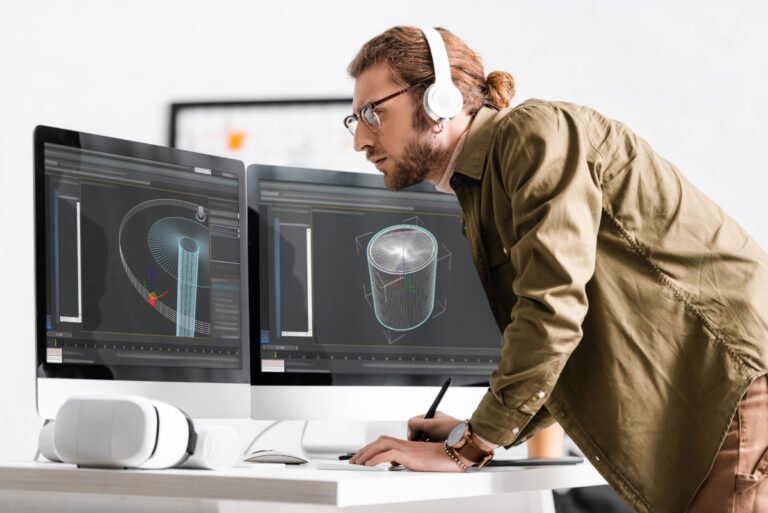2D/3D animation training for a successful career
2D/3D animation has become a field of artistic expression in its own right, at the intersection of drawing, storytelling, and digital technologies. It can be found in feature films, advertisements, video games, and music videos. To respond to this dynamic, 2D/3D animation training programs have been developed. They allow young creators to acquire solid technical skills and build a strong graphic identity.

Train effectively with 2D/3D animation training
While a passion for drawing or visual storytelling is a good starting point, it alone isn’t enough to join a studio or produce professional-quality work. It’s often better to pursue 2D/3D animation training to turn this creative potential into concrete skills, thanks to a supervised, rigorous, and progressive learning process.
Specialized schools today offer a variety of courses, such as art preparatory classes, bachelor’s degrees, and five-year postgraduate programs, as well as intensive one- or two-year programs. These programs cover a wide variety of fields, such as academic drawing, storyboarding, traditional 2D animation, 3D modeling, sound design, postproduction, and more. In addition, there are cross-disciplinary courses, such as art history, film analysis, and project management.
L’Atelier de Sèvres, for example, supports students each year who want to join prestigious establishments, such as Gobelins, Beaux-Arts, or La Cambre. Discover this school, which offers preparatory classes and short courses to allow students to build a solid portfolio and present themselves to competitive exams with confidence. But also Bac+3 and Bac+5 courses in 2D/3D animation to professionalize in fields such as illustration, animation, or visual arts.
Training to master the tools and languages of 2D/3D animation
2D/3D animation training focuses on teaching students how to use professional software. For 2D animation, students can use Toon Boom Harmony or TVPaint. In 3D animation, students learn to use software like Blender, Autodesk Maya, or Cinema 4D, which allows them to model, animate, and texture objects and characters.
In addition, specialized software like ZBrush is used to hand-sculpt characters or scenery, or Substance Painter for textures. Training in 2D/3D animation also helps students understand the fundamental principles of animation. This gives students the material to bring their characters to life in a credible and expressive way. Artistic sensitivity then enriches technical mastery.
Overview of 2D/3D animation professions
2D/3D animation training prepares for a variety of careers, which are practiced in contexts as varied as animated cinema, video games, advertising, series, or the creation of visual effects for clips or videos.
The 2D/3D animator profession is the most widespread. He is responsible for bringing characters and visual elements to life, and generally works from a storyboard, respecting the director’s instructions and the technical constraints of the project.
With training in 2D/3D animation, it is also possible to become a character designer. This profession consists of imagining the appearance and personality of characters, taking into account their role and the graphic universe. Students also have the opportunity to work as 3D modelers, which consists of creating volumes from the character designer’s drawings.






